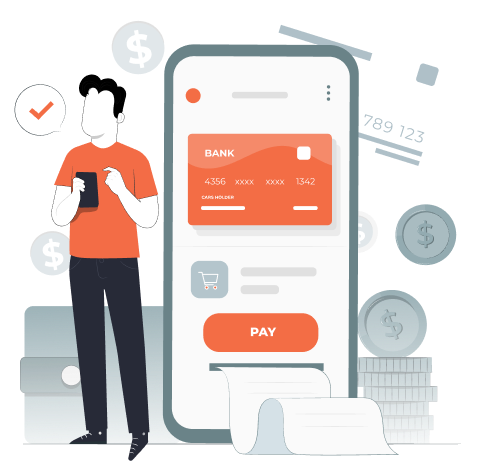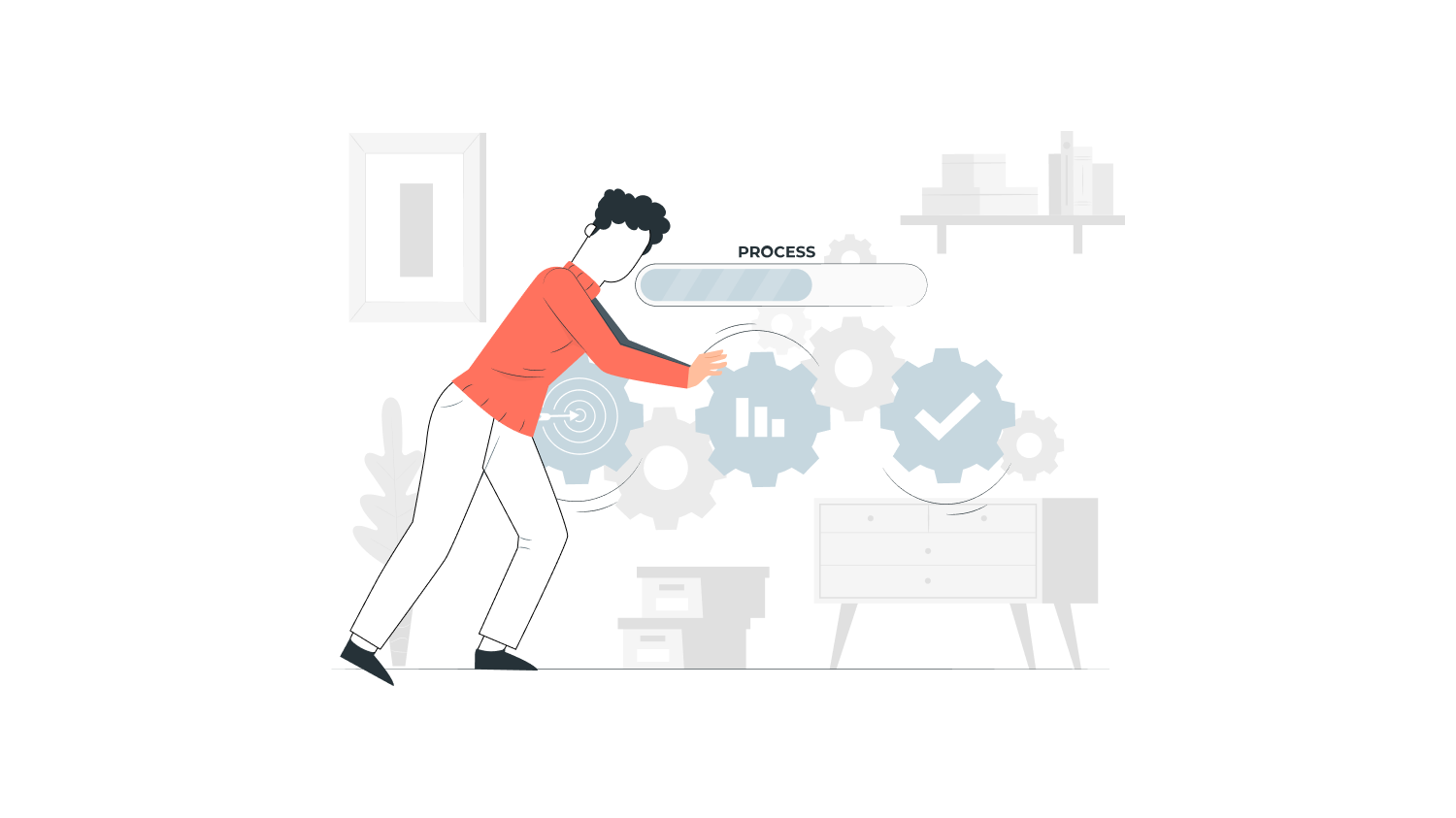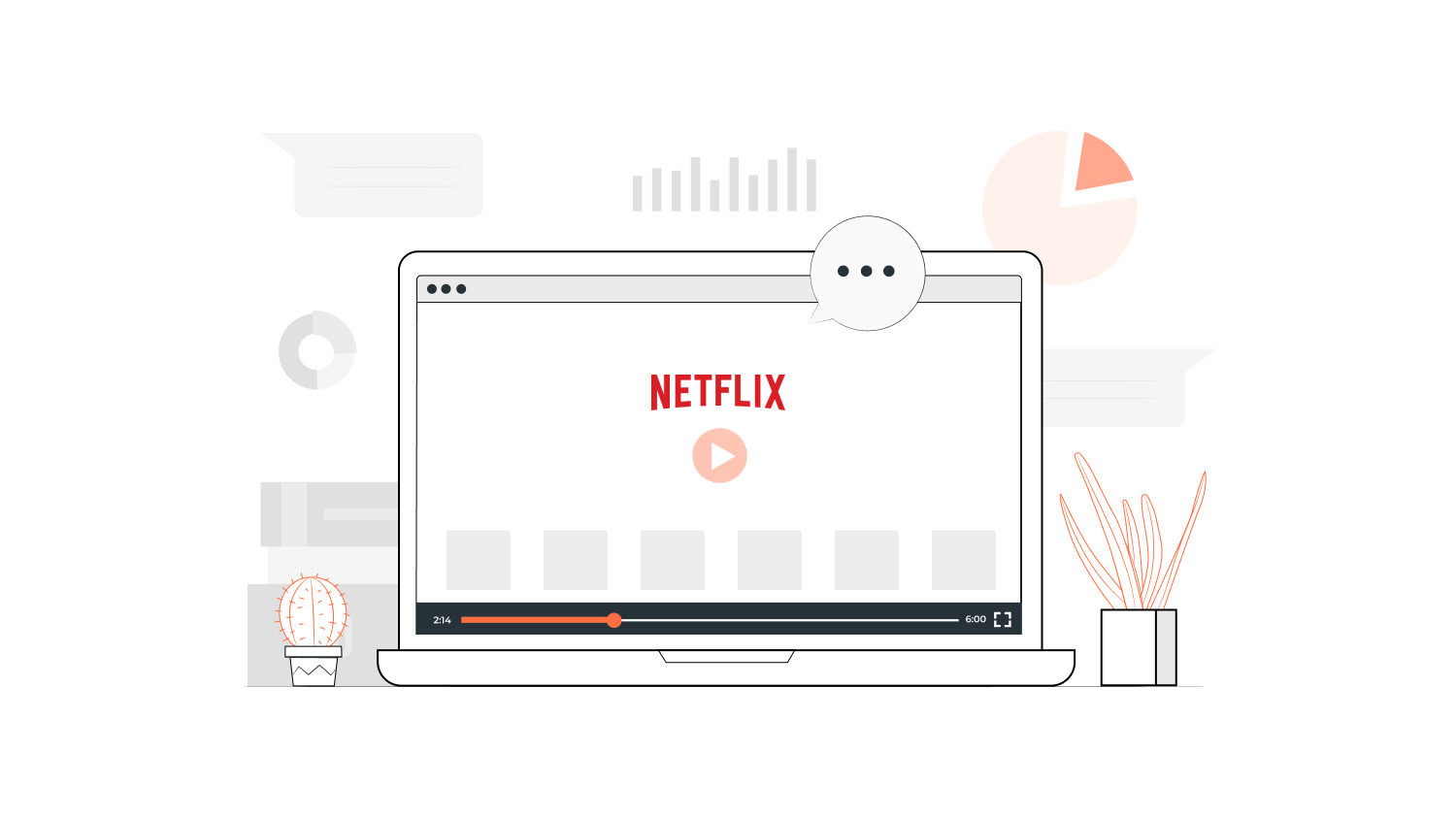Smartphones are being used by the vast majority of people in the United States daily. More than 200 million people utilize this type of service. Researchers expect that 52.5% of all cell phones in the United States will conduct at least one financial transaction every month. Money transfer app development services are becoming increasingly popular due to the ease and speed with which transactions may be completed. Now is the best moment to enter this market if you’ve been considering it. For this reason, we’ve provided information regarding money-transfer apps and a step-by-step guide for establishing such an app.
What is money transfer software?
Money transfer software is a system that allows its customers to conduct financial transactions utilizing cashless payment methods, with choices for many banks and multiple currencies. These tools enable users to send and receive money (both online and via mobile) and convert currencies quickly and safely.
Read more: How Do Mobile Apps Make Money & Monetization Models
How do payment apps work?
Users can send and receive money using payment applications, which operate as a conduit for electronic transactions. Users make payments to one another using the cards and bank accounts they’ve connected. When a customer enters their credit card information into a payment gateway, the gateway transmits the data to the bank with which it has a relationship, and the transaction begins.
The bank provides a code of authorization to the payment system to process the payment. As a result, the user’s bank approves a transaction in which money is transferred to another person’s account. Transactions may be completed in a matter of seconds because of the speed of this entire procedure.
Types of money transfer software
This article will focus on the types of most popular money transfer apps.
1. Mobile OS systems
One of the functions of an operating system (OS) is the ability to transfer money. Apple Pay and Google Pay are the most famous examples, and millions worldwide utilize them.
2. Independent services
These services allow cardholders to use their bank accounts to make purchases using their Visa or Mastercard payment cards. PayPal is a well-known independent service.
3. Online banking services
Most banks use specialized technologies and provide their consumers with these payment options. Zelle and Dwolla are two such examples of money transfer banking apps.
Learn more: A Beginner’s Guide To Medical Software Development
The main features of money transfer apps
Accuracy, trustworthiness, and ease of use should be the hallmarks of every remittance option you choose. Included in this list are the following key attributes:
1. Money transfer facility
To facilitate payments, your app must be able to communicate with the contacts of the people it serves. It should also contain a search box so receivers can be readily searched. Consumers should also be able to donate money to those who still need to sign up.
2. App Security
Hackers keep a close eye on these applications to uncover a weakness through which they may access user accounts. As a result, you’ll need to use the most secure approach possible to protect your app from hackers.
3. Send the bill, invoice
The software should create an invoice for every transaction. An invoice should be sent to both the payer and the payee so that both parties have documentation of the payment. Users should also be able to share the invoice of income they received via the mobile app.
4. Unique OTP
The OTP must be created before the transaction, especially if the user intends to transfer money so that the user can consider whether or not to proceed. A user’s account remains protected until the right OTP is entered, even if someone tries to use it for illicit purposes.
5. Transaction history
Users must be able to get a summary of all of their P2P payment gateway transactions in the app.
6. Digital wallet
In the same way that we recharge our mobile phones, it functions as the primary feature of an app for peer-to-peer (P2P) payment. Paying with a wallet rather than a bank account ensures the most significant level of security. In the event of a cyber attack, the bank account is protected.
7. Notifications
This function alerts the user to the situation as soon as a payment request is begun or received.
8. Chatbot
The chatbot will make it easier for consumers to acquire answers to their questions. Chatbots may be used even when there is a weak internet connection. Mobile app development companies might be hired to aid with the implementation.
9. In-app chat
It is possible to transmit or receive money using P2P payment apps, which are smartphone apps. Integrating an in-app conversation option in these apps is advisable to make them more entertaining. As a result, users may converse with one another during the transaction.
App development costs for peer-to-peer payment systems
Several things influence mobile app development costs. Development platforms, platforms for creating apps, device compatibility, app features, security, testing, hosting, and maintenance are all major cost factors in app development. The company’s operational business strategy determines the other ad hoc expense requirements. Here are a few things to remember when calculating the cost of developing a mobile app:
1. App development platforms
The cost of developing an app for Android and iOS may vary depending on your chosen platform. Regarding app development costs, Android apps are more expensive than iPhone apps. Because these technologies need separate technology stacks and tools, it impacts the price of creating a P2P payment app.
2. Team of mobile app developers
Your mobile app development company will influence how much it will cost you. To put it another way, involving any specialists at all has the potential to drive up the price. Another aspect is that more experienced developers demand more money, but they have the advantage of providing better service.
Continue reading: 10 Reasons Why Your Business Needs A Mobile App
3. App design and functionality
The cost of creating an app varies greatly depending on the design and features included. The service providers require enhanced features to ensure smooth operation and a positive user experience. User-centered design and high-quality design must be implemented sequentially.
App development costs vary depending on the functional paradigm, such as list-based applications vs real-time service-based apps. This is the simplest and most cost-effective strategy for a list-based application. On the other hand, dynamic applications need a significant investment of time and money.
4. Complexity
Payment apps still need to be simpler than other mobile applications. It will only worsen as platform requirements and the sheer quantity of advanced features continue to expand. If you wish to build a payment or e-wallet software for the iPhone platform, you’ll have to deal with extra complexity because you’ll need to include high-end functionality. It will instantly increase the cost of iOS app development.
5. App features and testing
Apps for mobile devices deliver services directly to customers’ smartphones and tablets. Mobile applications require a precise arrangement of characteristics. Aside from that, every app has to go past the test of ensuring trouble-free service. As features’ quantity and complexity increase, so does the amount of time and money it takes to debunk and test them.
6. App size
The bigger the app’s size, the more expensive it remains. This is true for app development, including P2P payment app development. It dramatically affects the cost of app development. It takes more time, resources, and a larger team to create an app on a grander scale.
7. App updates and maintenance
Mobile apps need to be updated regularly in the form of application updates. Businesses must update their app connections and functionality. To ensure their operation, app developers must provide technical support. Enterprise-level applications must continually maintain their APIs to enhance the apps and improve the user experience. App administrators have a challenging task when eradicating the snoopers and bugs that lurk in the shadows. As a result, it needs ongoing monitoring and maintenance.
8. Prototyping
You’ll lose money if you discover midway through development that everything needs to be corrected with your software. Then what? Both resources, time and money, need to be more balanced. Make a prototype to avoid this mishap. Create a simple prototype with only the bare essentials included. As a result, you’ll be able to produce exactly what your target audience wants. Prototyping your app will speed up the entire development process.
More details: Why Should You Create a Prototype for Your Startup Idea?
9. App UI/UX
The success of your application is directly related to the quality of user experience and interface. A well-thought-out design will keep your consumers engaged and prevent them from abandoning your app. Building a simple but distinctive UI/UX is difficult and expensive. To impact your users, you’ll need to include UI/UX elements like push notifications, icons, visual graphics, and customization in your app.
10. App Security
Many firms need to take app security seriously. Users’ personal information must be protected via your application. Otherwise, you risk betraying your clients. You should invest in data security while designing your application to protect your business.
Dig deeper: Role of AI in Enhancing Cybersecurity
How much does it cost to build a payment app?
Hiring app developers have a significant impact on the price of developing a P2P payment app. To develop a p2p mobile payment app, you need a lot of skill and experience. To create something unique, you need to employ mobile app developers with expertise in designing e-wallet applications, online payment apps, and other apps. With basic capabilities, these apps may cost anywhere from $15,000 to $40,000. If it has additional features, it can cost up to $100,000.
Another thing to consider is how you want to pay the app developers for their work, whether full-time, part-time or hourly. E-wallet software developers cost an average of $20 per hour and as much as $150 per hour, depending on your specifications, if you want to pay them hourly. It doesn’t matter what kind of app you’re developing; looking into an established app development company is the best way to save money and time. It can save up to 40% on app development costs while allowing your software to operate on various operating systems.
What to do if you want to build a payment app?
1. Select the type of payment application
You must choose the one that best suits your needs from various payment apps. There are multiple options, including stand-alone, social media-specific, currency-specific, and bank-specific applications. Faster transactions are possible with standalone payment apps, including an offline wallet.
Transactions may be completed via social media platforms in the app that focuses on social media. Apps that deal in foreign exchange help deal with transactions involving other countries, while apps that deal in bank-centric payments are payment gateways in which a single bank continues to function as a party.
2. Pick a mobile platform
If you have a limited budget, use a payment app development business to create a mobile payment app. The most popular mobile operating systems are Google’s Android and Apple’s iOS.You may start with one platform and then go on to app development for another platform over time.
3. Plan the essential features for a P2P payment app
In addition to the MVP elements that a P2P payment gateway cannot work correctly without, you may add additional functionality to your platform that makes it distinctive. In addition, everything is dependent on your needs. P2P payment apps must include the following capabilities at a minimum:
- Signup/Login
- Authorization by code or by a fingerprint
- Notifications
- OTP (one-time password) verification and a distinct ID
- Wallet on a computer system
- Invoicing and billing customers
- In and out of the bank
- the history of a transaction
- Messaging
4. Fix the security and legal issues
P2P payment apps are subject to specific legal requirements. A fintech start-up needs to pay attention to this step. You must stay on top of the latest security threats to safeguard your app.
5. Select the correct tech stack
The creation of OTP verification and ID, as well as transactions, would necessitate the use of various instruments. A web, hybrid, or native app has a different tech stack than a web or hybrid app. A pile that yields excellent results at a low cost is ideal for building a payment app for small businesses. Free or open-source platforms are a fantastic choice—additionally, select tools based on your preferred mobile operating system, such as iOS or Android.
Wrapping up
Money transfer app development for a remittance business can be complex and time-consuming. Still, it is also an opportunity to improve customer experience, increase efficiency, and open new revenue streams. By understanding the development cost, key features, and best practices for building a money transfer app, businesses can make informed decisions about how to proceed. And by working with a reputable software development company like NeoITO, businesses can access the expertise and resources they need to build a high-quality, user-friendly money transfer app that meets the needs of their customers and drives growth for their business. NeoITO can help in the app development, testing, and deployment, as well as in the maintenance and updates of the app.
FAQs
What are the key features of a money transfer app for a remittance business?
The key features of a money transfer app for a remittance business include the ability to send and receive money, real-time exchange rates, transaction history, and support for multiple languages and currencies.
How much does developing a money transfer app for a remittance business cost?
The cost of developing a money transfer app for a remittance business can vary depending on the app’s complexity, the features included, and the development company chosen. However, it is a significant investment that can run into hundreds of thousands of dollars.
What best practices for building a money transfer app for a remittance business?
Some best practices for building a money transfer app for a remittance business include focusing on user experience, complying with regulations, and incorporating security features such as encryption and two-factor authentication.
How can a remittance business benefit from having a money transfer app?
A remittance business can benefit from having a money transfer app by improving customer experience, increasing efficiency, and opening up new revenue streams through the ability to send and receive money, real-time exchange rates, and transaction history.
How can NeoITO help a remittance business build a money transfer app?
NeoITO can help a remittance business build a money transfer app by providing software development services such as coding, testing, and deployment, as well as support with strategy, design, and ongoing maintenance and updates.




